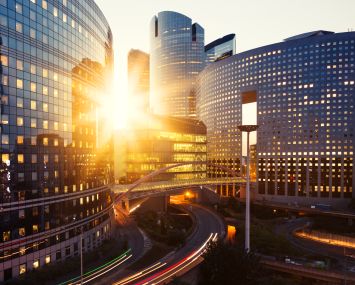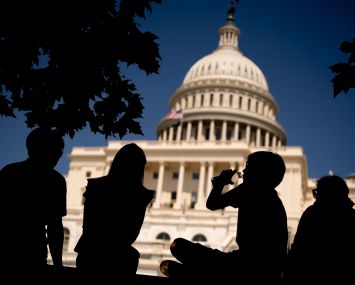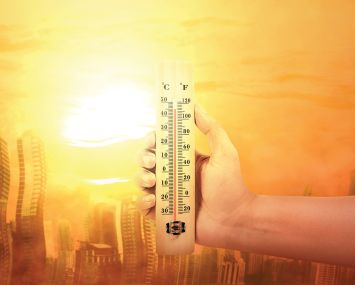Sustainability
Sustainability has been an issue of growing importance in commercial real estate over the course of the last decade reaching a crescendo in New York City in 2019 when the City Council passed Local Law 97, requiring buildings larger than 25,000 square feet to reduce carbon emissions by 40 percent by the year 2030 and by 80 percent by the year 2050.
Sustainability and green development, however, has been part of the national conversation for much longer; in 1993 the United States Green Building Council (USGBC) was founded as a 501(c)3 to rate the sustainability of buildings using a Leadership in Energy and Environmental Design (LEED) ranking.
In New York, numerous real estate figures reacted to the damage inflicted from Superstorm Sandy by rethinking the designs of their buildings, relocating their mechanical systems and investing in flood protections against rising sea levels.
But around the country real estate professionals are investing more time and attention to carbon neutral or sustainable forms of development such as passive houses (low energy buildings that reduce carbon footprints), green finance, proptech geared towards efficiency in heating and cooling buildings, and clean materials used for construction and design.



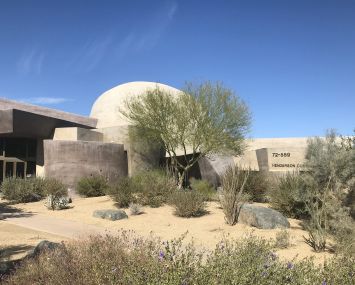
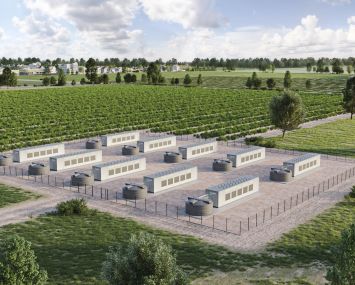



The State of Commercial Property Management Technology in 2025
Presented By Building Engines: A JLL Company

California’s AB 98 Poised to Regulate the State’s Runaway Industrial Sector
By Nick Trombola
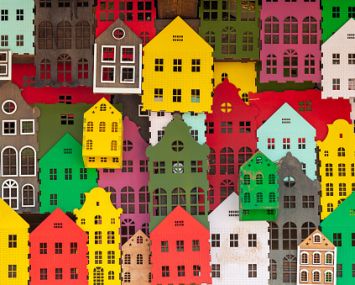
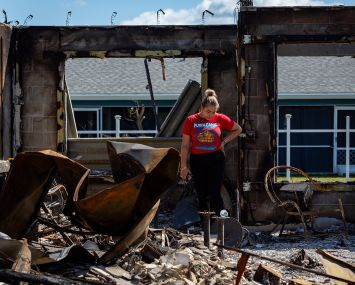
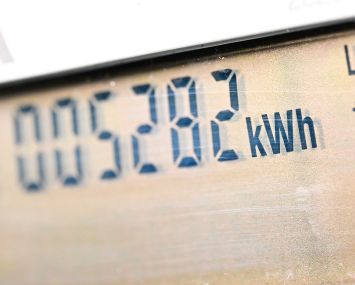
Redaptive, Proptech Firm With Clients Like T-Mobile, Secures $100M Investment
By Philip Russo
